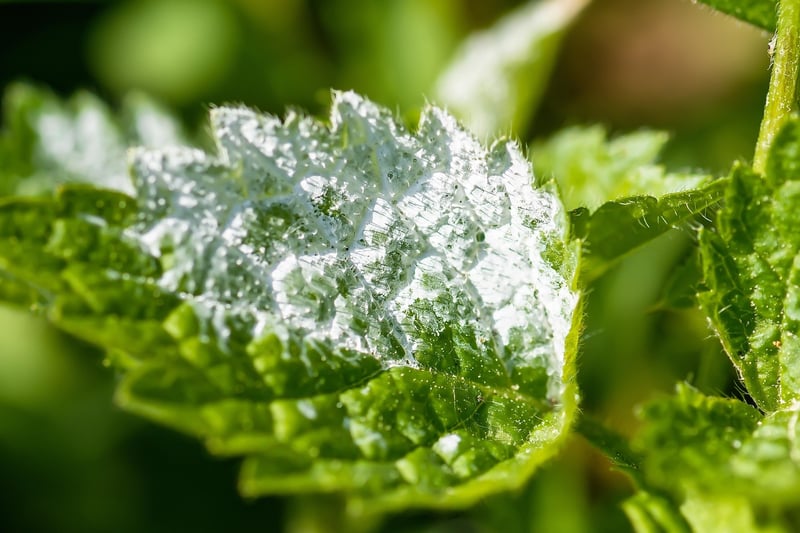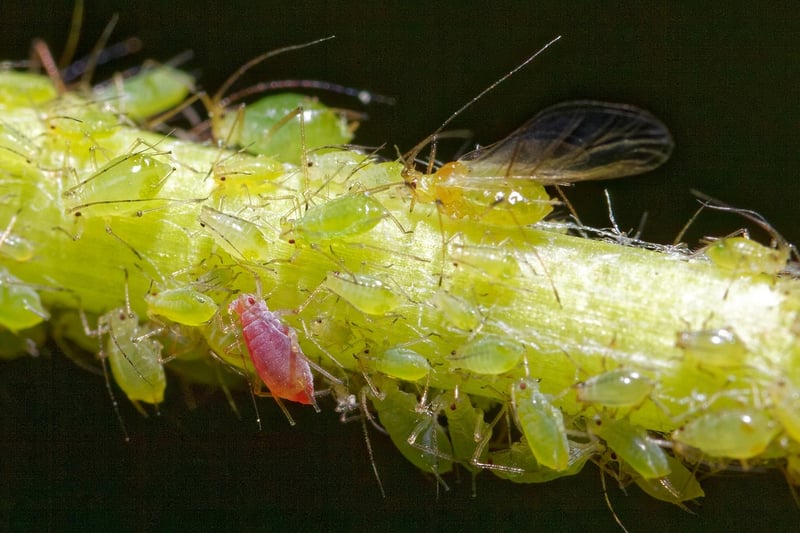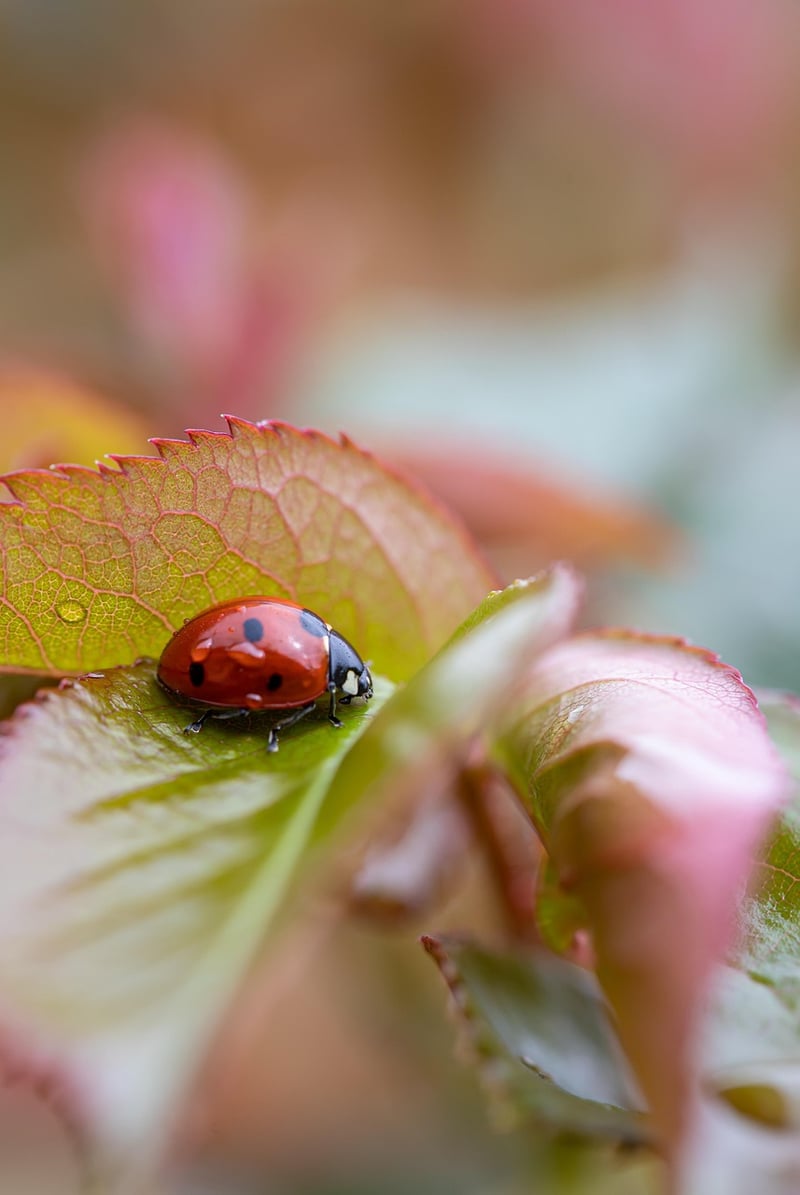Identifying Issues
Protecting Plants from Pests and Identifying Issues
Plants are a beautiful addition to any home or garden, but they can sometimes fall victim to pests and diseases. To keep your plants healthy and thriving, it's essential to know how to protect them from common pests and identify any issues that may arise. Here are some tips to help you maintain your plants and ensure they stay pest-free:
1. Keep Your Plants Healthy
Healthy plants are more resistant to pests and diseases. Make sure your plants are getting the right amount of sunlight, water, and nutrients they need to thrive. Regularly inspect your plants for any signs of stress or damage.
2. Practice Good Garden Hygiene
Remove any dead or diseased plant material from your garden to prevent pests and diseases from spreading. Clean your gardening tools regularly to avoid transferring pests from one plant to another.
3. Use Natural Pest Control Methods
Consider using natural pest control methods like neem oil, insecticidal soap, or diatomaceous earth to protect your plants from common pests like aphids, mealybugs, and spider mites. These methods are effective and environmentally friendly.
4. Attract Beneficial Insects
Encourage beneficial insects like ladybugs, lacewings, and parasitic wasps to your garden. These insects can help control pest populations naturally without the need for chemical pesticides.
5. Monitor Your Plants Regularly
Regularly inspect your plants for any signs of pest infestations or diseases. Look for holes in leaves, discolored spots, or sticky residue, which may indicate a pest problem. Early detection is key to preventing further damage.
Identifying Plant Issues
It's essential to be able to identify common plant issues to address them promptly. Here are some common plant problems and how to recognize them:
Powdery Mildew
Powdery mildew appears as a white powdery substance on plant leaves and stems. It thrives in humid conditions and can weaken plants over time.

Aphids
Aphids are tiny, pear-shaped insects that suck sap from plant leaves, causing them to curl and distort. They can multiply quickly and weaken plants if left untreated.

Leaf Spot
Leaf spot appears as dark, water-soaked spots on plant leaves. It is often caused by fungal or bacterial infections and can lead to leaf yellowing and drop.

By following these tips and being able to identify common plant issues, you can protect your plants from pests and diseases and ensure they remain healthy and vibrant.
